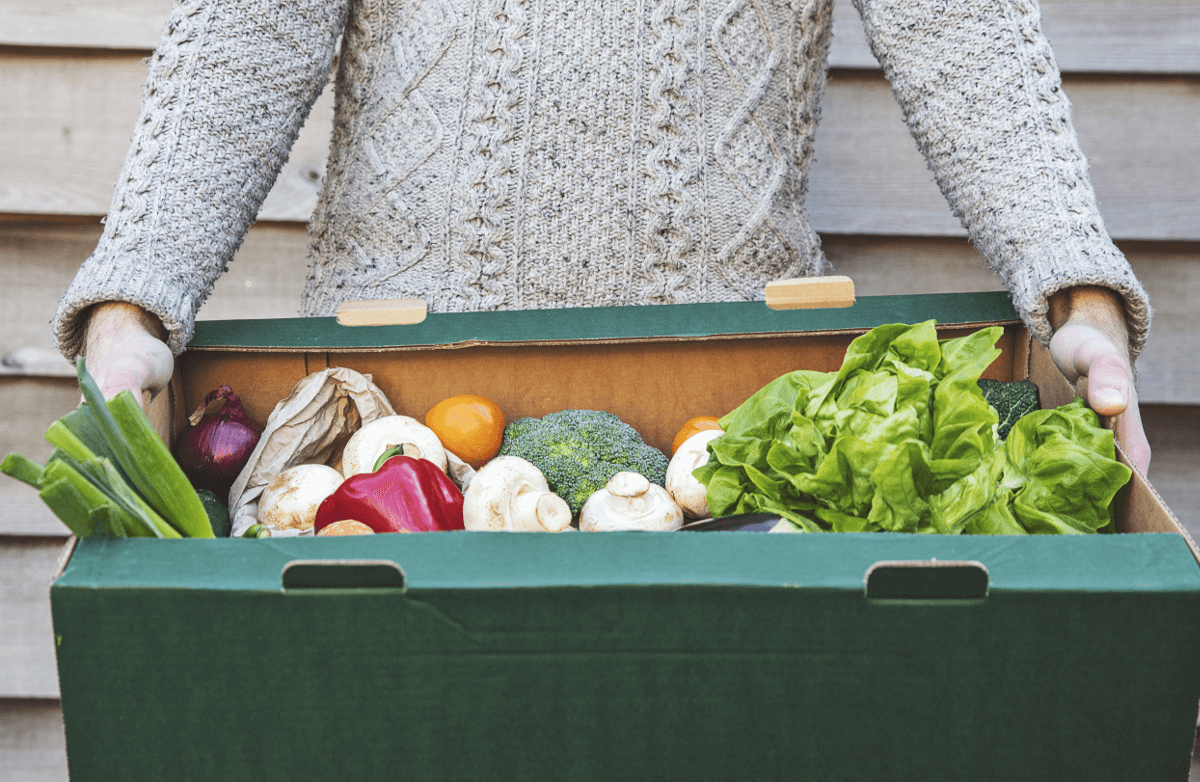|
Impulse buying at the grocery store is a big problem for many of us. Not only does it sabotage our efforts to eat right, it also sabotages our budget as well. The unstable economy and holiday season provide great motivation for smarter grocery shopping to save money. Do you know how? Spending a little time preparing and planning before heading to the store can allow you to save money. Here are some planning tips for your next trip. Plan your menu - Determine what meals you will be preparing and what recipes you will be using for the coming week. This will require a little of your time but is important so you can effectively check your refrigerator and pantry to accurately prepare your grocery list and buy only what you need. Be sure to review the weekly sales ads for the store where you shop and try to plan meals around sale items to increase savings. By getting everything you need for the week in one trip to the store, you will see additional savings on gas by reducing your number of trips. Make a smart shopping list - Prepare your shopping list based on the path you typically follow at the grocery store. This will allow you to pick up items you need as you go and cut down on back tracking that can increase your impulse shopping opportunities. I would plan my list following this order: produce – breads – canned foods – ethnic/specialty foods – cereals – baking goods – meats – frozen foods – dairy – snacks, listing what I need under each section. Take advantage of coupons and frequent shopper programs - You don't have to take a coupon file box with you to take advantage of saving opportunities. If you typically shop at the same store, check for and use any frequent shopper programs they provide. You can save 10% or more on your grocery bill with a handful of coupons and selecting foods that are on sale. Using online coupon guides can be a great resource as well. Take advantage of store brands - Gone are the days when 'generic' means white cans with black lettering. Today, many store brands are equivalent in nutrition to their brand name counter parts and share similar packaging but at a lower price. Just because you have a coupon for the brand name item, don't select it until you have checked the coupon price against the store brand equivalent. Many times you save more money by skipping the name brand with a coupon and selecting the store brand instead. If you don't have a coupon most likely the store brand equivalent will be your better buy. Use unit price information to help you decide which brand and size is the better buy. Be aware of marketing ploys - Remember that marketing is everywhere and this includes your grocery store. Be aware of product placement intended for impulse buying. Some of the hot marketing strategies include – end-of-aisle bins, stand along displays in the center of the walkway, recipe related items and middle shelf item placement. Items in these areas tend to be higher priced items or those that are intended for impulse shoppers. It is best to avoid these display items to save the most money. Watch the scanner - Be sure to watch the scanner as you check out. When cashiers know you are watching, so are they and are more likely to fix something that rings up incorrectly. Be sure to watch when produce is being weighed to ensure that other things are not on the scale which can affect the weight and increase the price. Don't be afraid to ask for a price check on anything that doesn't ring up as you think it should. Most times the shopper is correct and misses out on getting the price they should because they don't want to speak up. Make sure you scan your receipt before you leave the store. If you find any errors with coupons, in-store discounts or sale items, be sure to go to the service counter and talk with a manager. What cost saving practices do you use at the grocery store to help get the most nutrition for your dollar? |
More From SparkPeople
|















